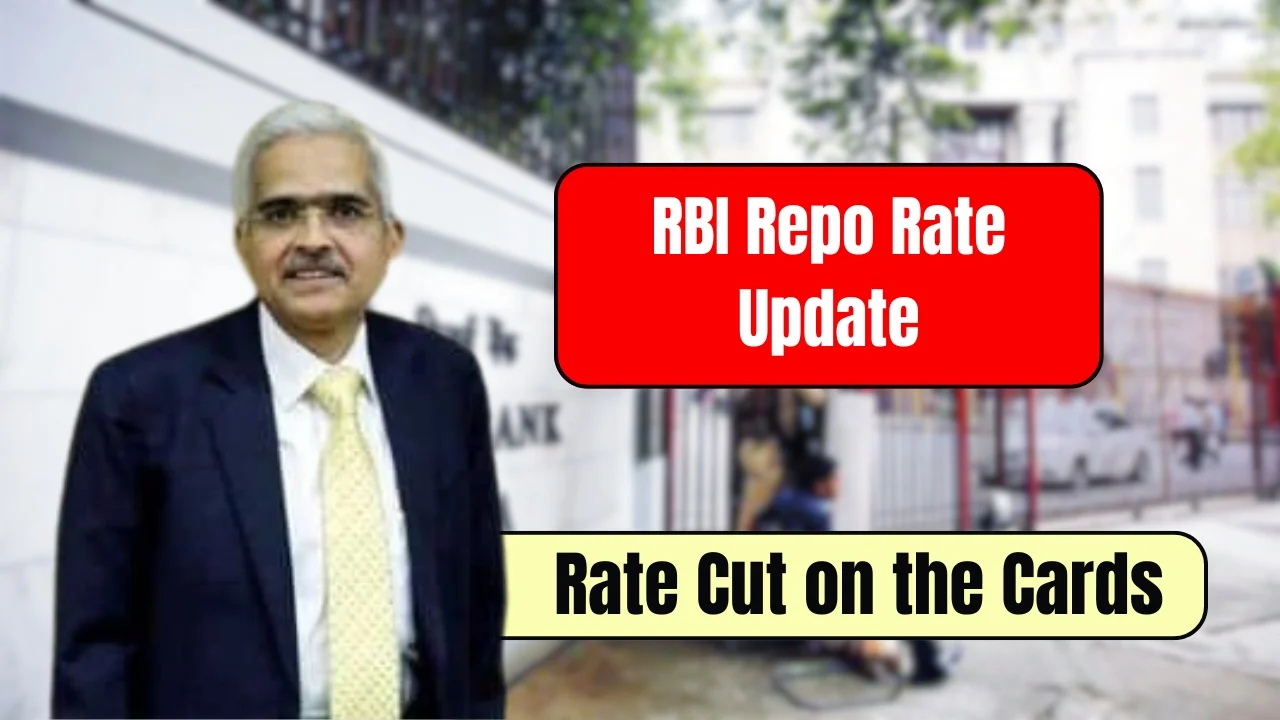The Reserve Bank of India is gearing up for its next big move as the Monetary Policy Committee (MPC) prepares to meet from April 7 to 9, 2025. The focus is firmly on the RBI repo rate update, which is expected to impact not just borrowers and banks, but also the Indian stock market.
After a repo rate cut in February 2025 that brought it down to 6.25%, there is growing speculation that the RBI could slash it again to boost economic growth.
Possible Repo Rate Cut on the Cards
Many economists believe that another repo rate cut is likely in the upcoming meeting. There are expectations of a 25 to 50 basis points reduction, which could bring the repo rate closer to 5.75% by the middle of 2025.
The RBI repo rate update is being closely watched, especially as the central bank navigates a phase of moderate inflation and a fragile global economic environment.
Inflation and Growth Outlook
The RBI projects real GDP growth at 6.7% for the financial year 2025-26. Inflation, on the other hand, is expected to remain under control, around 4.2%. These projections give the RBI some room to act in favor of economic stimulus.
However, external factors such as trade tensions and uncertainties in global markets could also influence the RBI’s stance during the MPC meeting.
Why the Repo Rate Matters
The RBI repo rate is the rate at which the central bank lends money to commercial banks. A reduction in this rate makes borrowing cheaper, not only for banks but also for businesses and consumers.
This can boost spending and investment in the economy. As a result, the RBI repo rate update is a key event that affects all corners of the financial system—from home loan borrowers to stock investors.
Impact on Stock Markets
A potential rate cut could boost the Indian stock markets. Lower borrowing costs make it easier for companies to invest in growth, which in turn can drive up corporate profits and share prices.
Sectors such as infrastructure, real estate, and auto, which depend heavily on financing, are likely to benefit the most if the RBI repo rate update results in a rate cut.
Sectors Less Affected
While some sectors could see a surge, others like IT and FMCG may remain largely unaffected. These sectors are less sensitive to interest rate changes and rely more on global demand or consumer staples.
Investors may shift focus depending on the RBI’s tone and direction in the upcoming policy statement.
What If There’s No Cut?
If the RBI decides to maintain the current repo rate or even raise it, the stock market might see a negative reaction. Higher interest rates tend to make borrowing costlier and reduce liquidity in the market.
This could lower profit expectations and lead to a drop in stock prices, especially in sectors sensitive to interest rates.
Investment Shifts
Higher interest rates could also make fixed-income instruments like bonds more attractive. This shift could pull investment away from equities, adding to market volatility and investor caution.
That’s why the upcoming RBI repo rate update has become a critical factor for both short-term traders and long-term investors.
Looking Ahead
As the April MPC meeting approaches, market watchers, analysts, and business leaders are all waiting for clarity on the RBI repo rate update. Whether the central bank decides to cut rates, maintain them, or take a wait-and-watch approach, the decision will ripple through the economy.
For now, the consensus leans toward a rate cut, but with global uncertainties still in play, the RBI’s final decision could be finely balanced.
In any case, the outcome of the RBI repo rate update will likely shape economic activity and market trends for the months ahead.
